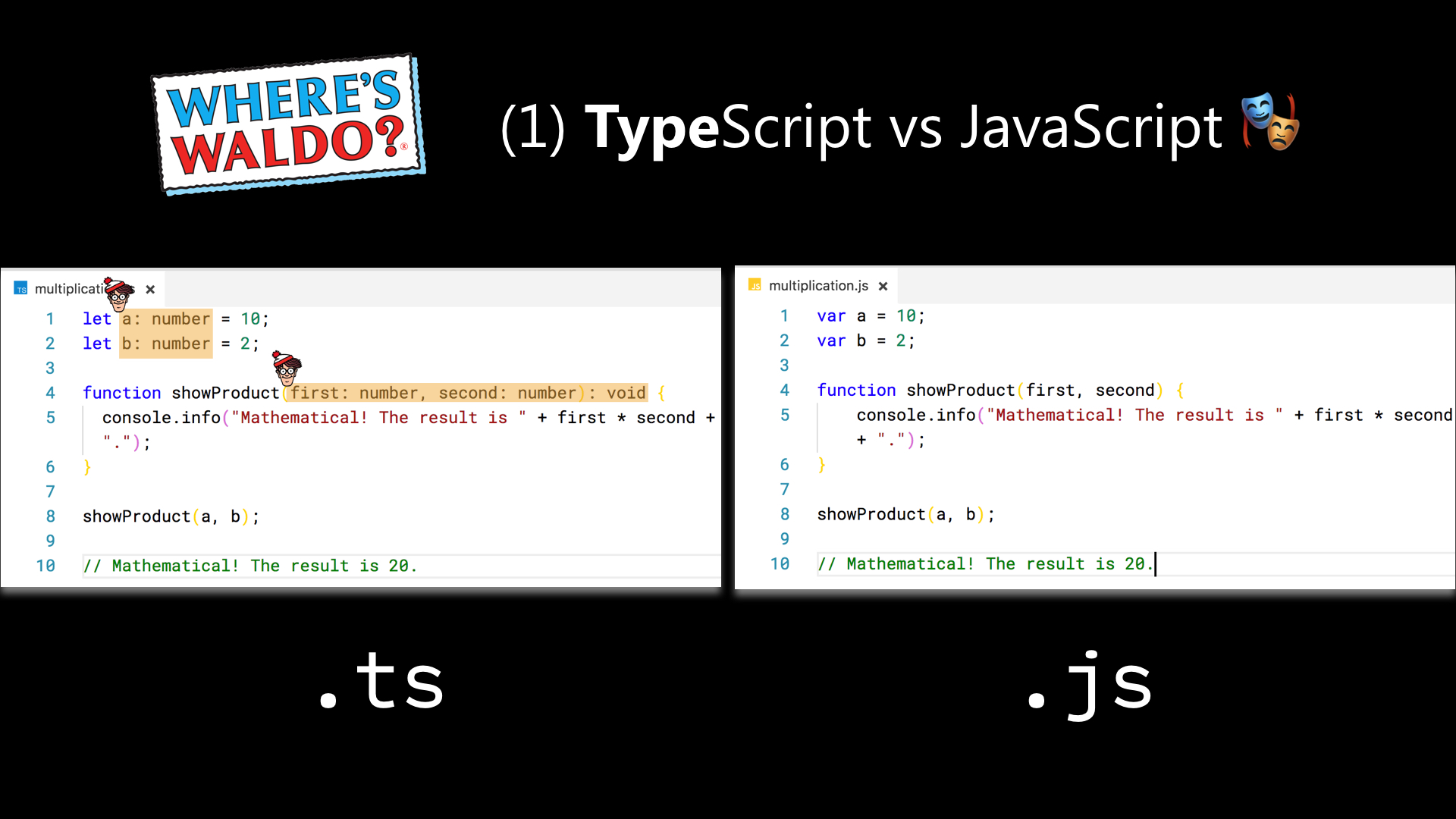


You may like following TypeScript Tutorials: Wm2.has(v3) // true (even if the value itself is 'undefined') has(Key: K): Returns a boolean asserting whether a value has been associated with the key in the Map object or not.clear(): Removes all key-value pairs associated with a weak map object.delete(key: K): Removes any value associated with the key.get(key: K): Returns the value associated with the key, or undefined if there is none.set(key: K, value?: V): Sets the value for the key in the WeakMap object.there is no method giving you a list of the keys). Because of references being weak, WeakMap keys are not enumerable (i.e.What this means is that, if there are no other strong references to the key, then the entire entry will be removed from the WeakMap by the garbage collector. Primitive data types as keys are not allowed (e.g. Keys of WeakMaps are of the type Object only.The keys must be objects and the values can be arbitrary values. The WeakMap object is a collection of key/value pairs in which the keys are weakly referenced., ]// It removed duplicate Weak Map in TypeScript

Let keys1 = //spread arraysĮxample: convert Map values to an array var map = new Map([Ī map can have a key value which can be a string, number, object or even NaN. Map.keys() returns a MapIterator object which can be converted to Array using “om” in typescript.Įxample: convert Map keys to an array var map = new Map([ , ] Convert Map Keys/Values to an Array in TypeScript Var map = new Map(kvArray.map(x => as )) var map = new Map( Using destructing we can access the keys and values directly. The entries() method returns the pairs in the map as an array which we can loop over using for-of like so. The values() method returns the keys in the map as an array which we can loop over using for-of like so. The keys method returns the keys in the map as an array which we can loop over using for-of like so. We use the for-of looping operator to loop over entries in a Map in typescript. map.clear()// Clears the map of all entries Iterate over Map entries in TypeScript We can empty an entire Map by using the clear method in typescript map. We can check number of entries in Map using the size property in typescript. We can delete entries from typescript map using the delete method: map.delete("apple") //true We can check to see if a key is present using the has method: map.has("apple") //true We can extract a value from typescript map by using the get method: map.get("apple") //10 We can then add entries to typescript map by using the set method: var map = new Map() We could initialize the typescript Map with a an array of key-value pairs: var map = new Map([ Or we can also create a map in typescript like below: let productMap = new Map() We can easily create Map in typescript using a new keyword like below: var map = new Map() Map is a new data structure which lets you map keys to values without the drawbacks of using Objects. Maps are an important new feature of ECMAScript 6 (ES6) and can be used in a wide variety of use cases for storing key/value pairs. Convert Map Keys/Values to an Array in TypeScript.



 0 kommentar(er)
0 kommentar(er)
